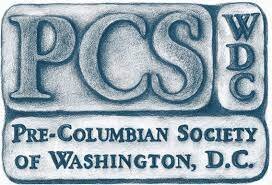Monte Albán was founded on a set of hilltops at the center of the Valley of Oaxaca, Mexico, around 500 BCE. Many consider it one of Mesoamerica’s first urban centers, and it has been the focus of archaeological research for more than a century. At Monte Albán’s center lies the Main Plaza, an open, rectangular area framed by stone platforms, temples, and palaces. This presentation highlights the results of multi-sensor geophysical prospection on the Main Plaza and the discovery of at least three previously unknown buried buildings, including what appears to be a temple. These and other discoveries provide the opportunity to “bust” a number of myths or misconceptions about the nature of the Main Plaza. Furthermore, the evidence suggests that there was a profound shift in political authority at the Zapotec capital during the Pe to Nisa phase transition (300-100 BCE).
Marc N. Levine is Associate Professor in the Department of Anthropology at the University of Oklahoma and Associate Curator of Archaeology at the Sam Noble Museum. He has carried out archaeological research in Oaxaca, Mexico for over twenty years and has directed fieldwork projects at two regional capitals: Monte Albán and Tututepec. His current research interests include household archaeology, political economy, urbanism, metallurgy, and digital archaeology. As a curator, Levine is deeply engaged in repatriation projects and works collaboratively with several Tribes in Oklahoma and beyond.

